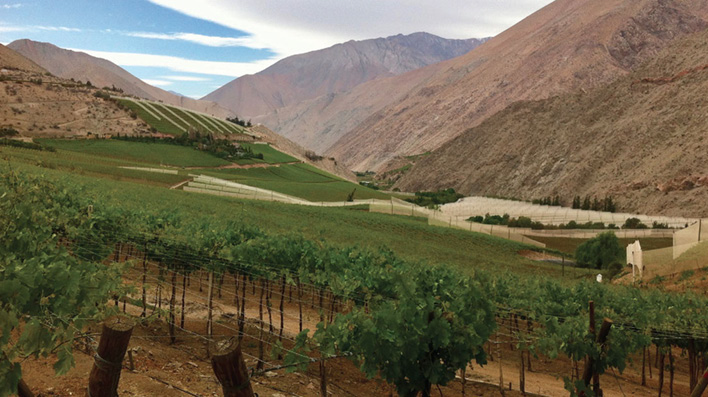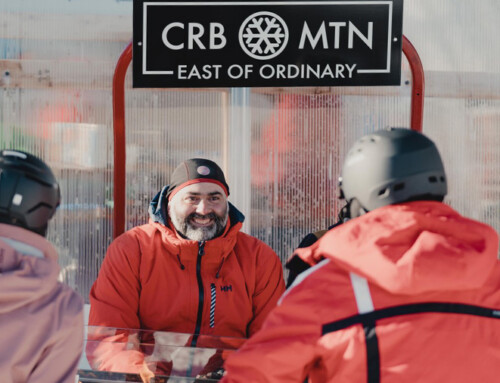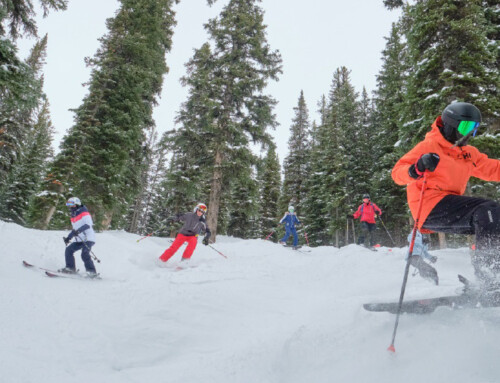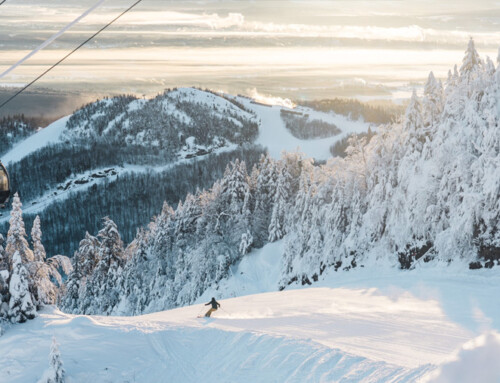Story courtesy
Written by Sarah Woods
Within two hours of touching down in Santiago, Chile, I’m handed a pisco sour and one guideline for my trip. “Sarita, you must respect the pisco,” warns my buddy Jose.
The pisco sour, a South American classic made with pisco, lemon, sugar, and egg white, makes for an unforgettable welcome. Potent, yet strangely comforting, it’s easy to get intimate with the frothy, boozy citrus drink. You can also taste the danger.
“You’ll be calling it a piss-co sour if you drink too many,” my other buddy Rafa echoes. I’ll be the judge of that. Rumour has it that Hemingway holds the record for most pisco sours consumed in a single sitting in a Peruvian bar. And he wrote some good shit.
“I’ll have another, thanks boys.”
Pisco is made from distilled fermented grapes. Not a wine, it’s better described as a brandy. Difficult to compare to other liquors, it could be considered the tequila of the Andes, solely based on the wild spirit and general unpredictability pisco brings to a party.
The pisco sour is the cause of a long-standing bar fight between Chile and Peru, both countries claim its creation and regard it as their national drink. Bottom line, both countries make a damn good cocktail. Pisco by itself is actually of Spanish descent dating back to the 16th century when settlers in South America introduced vines from Europe to grow grapes for creating an alternative to a Spanish brandy known as “orujo.”
That first pisco sour Jose and Rafa handed me in 2012 kicked-off a personal love affair with the long, skinny country of Chile. I’ve since returned three times to savour the cocktail that has true mountain roots and to visit one of my favourite places in the world, Valle de Elqui. Known for all things mystical, the valley lies almost 500 kilometres north of Santiago and 100 kilometres inland along a winding stretch of road known as the Ruta de las Estrellas, the route of stars. At the heart of the valley is the village of Pisco Elqui, which was originally called La Greda but the name was changed in 1936 to support Chile’s claim to the pisco sour (the gloves came off at that point.)
The magic of the mountains in the Valle de Elqui is undeniable. Standing grand, stark and aggressively silent under an incredibly blue sky, mountain peaks watch over the lush, green fertile valley of grape vines below.
The valley is home to distillers, wine producers, stargazers, healers and artists and it’s not uncommon to hear local tales of UFO sightings along the ridgelines. While these stories could be the result of one too many pisco sours, there’s proof of the weird when you talk to the mystics who call the valley home.
It’s easy to get a taste of Chile and the magic of Valle de Elqui this summer without stamping your passport. The pisco sour’s rugged mountain beginnings have transformed to opulent mountain luxury right in our backyard. The Bearfoot Bistro, Rimrock, Araxi, and Bar Oso offer killer sours. I’m still deciding whether Fairmont Freddie’s pisco sour at Mallard is my fave or if Alta Bistro’s takes it. And, adventurous mixologists can always shake up their own after picking up some Capel Pisco at Nesters Liquor Store.
But most importantly Sarita, respect the pisco.
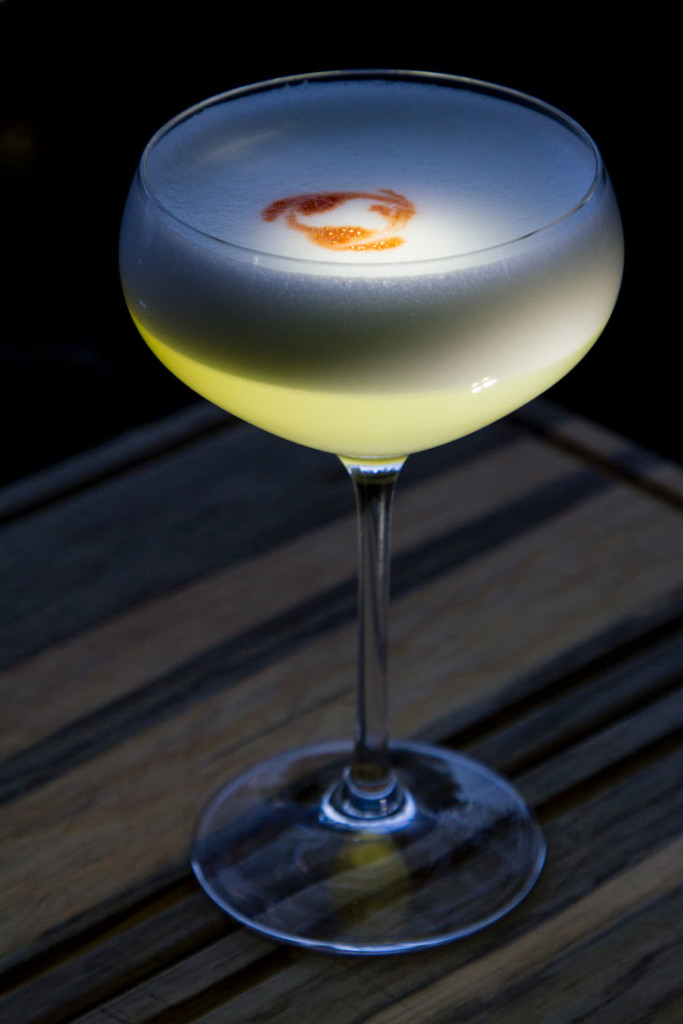
THE PISCO SOUR
- Cocktail shaker
- Ice
- Pisco
- Sugar or simple syrup
- Lemons (limes if you’re making it Peruvian-style)
- Egg white, if you desire
- Bitters, if you desire
Directions:
Put on Iron Maiden’s Aces High. Fun fact: The Catholic Church banned Maiden from playing in Chile back in 1992 but in 1996 the ban was lifted and today Iron Maiden has the highest number of ticket sales by a foreign band in Chilean history.
Next, combine ice, egg white, pisco, sugar, and lemon juice in the shaker. Put the top on, shake to Iron Maiden, pour and taste. A ratio of 1:3 ounces lemon juice to pisco is a good start. Adjust as needed before serving. ¡ Salud!



